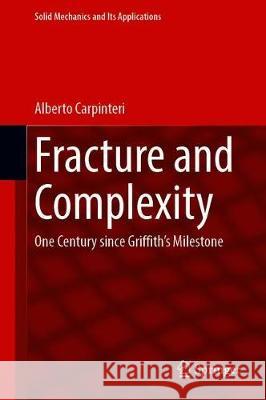Fracture and Complexity: One Century Since Griffith's Milestone » książka
topmenu
Fracture and Complexity: One Century Since Griffith's Milestone
ISBN-13: 9789402420289 / Angielski / Miękka / 2022 / 949 str.
Kategorie:
Kategorie BISAC:
Wydawca:
Springer
Seria wydawnicza:
Język:
Angielski
ISBN-13:
9789402420289
Rok wydania:
2022
Dostępne języki:
Numer serii:
000074400
Ilość stron:
949
Waga:
1.34 kg
Wymiary:
23.39 x 15.6 x 4.93
Oprawa:
Miękka
Dodatkowe informacje:
Wydanie ilustrowane











